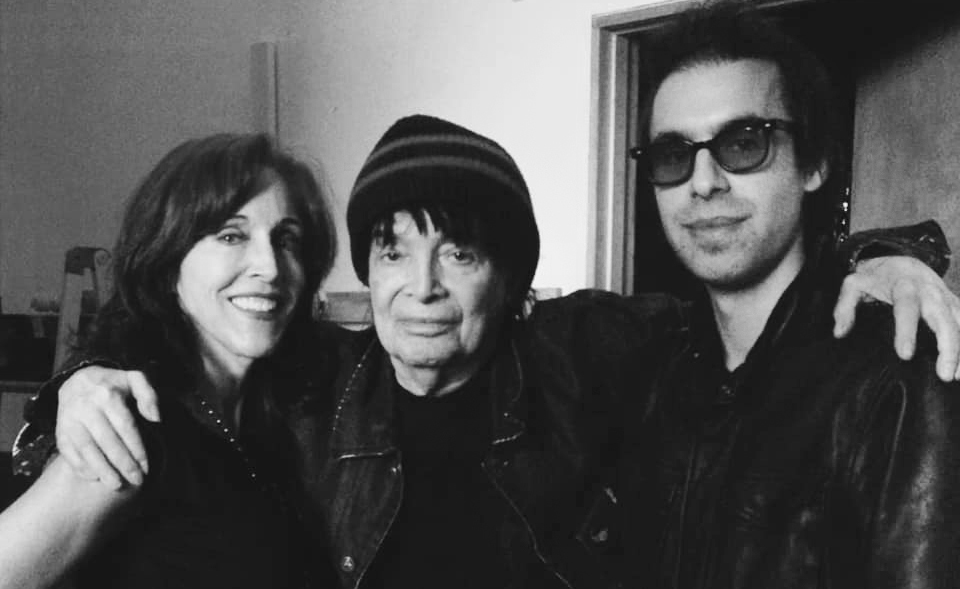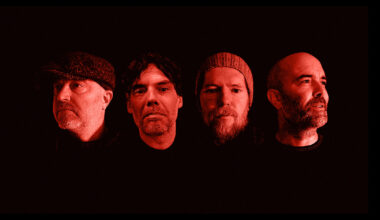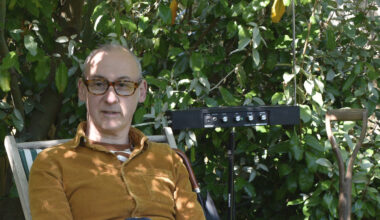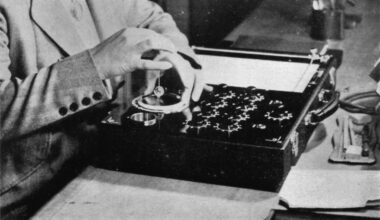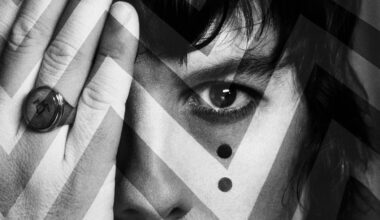Recorded in New York 25 years ago, Alan Vega’s
long-lost ‘Mutator’ album has been brought to life
by his wife and long-time collaborator Liz Lamere and his close friend Jared Artaud, who offer a fascinating insight into the life and work of the Suicide vocalist
Want to read more?
Sign up to Electronic Sound Premium to gain access to every post, video, special offers, and more. 100%, all you can eat, no commitment, cancel any time.
Already a premium member? Log in here
